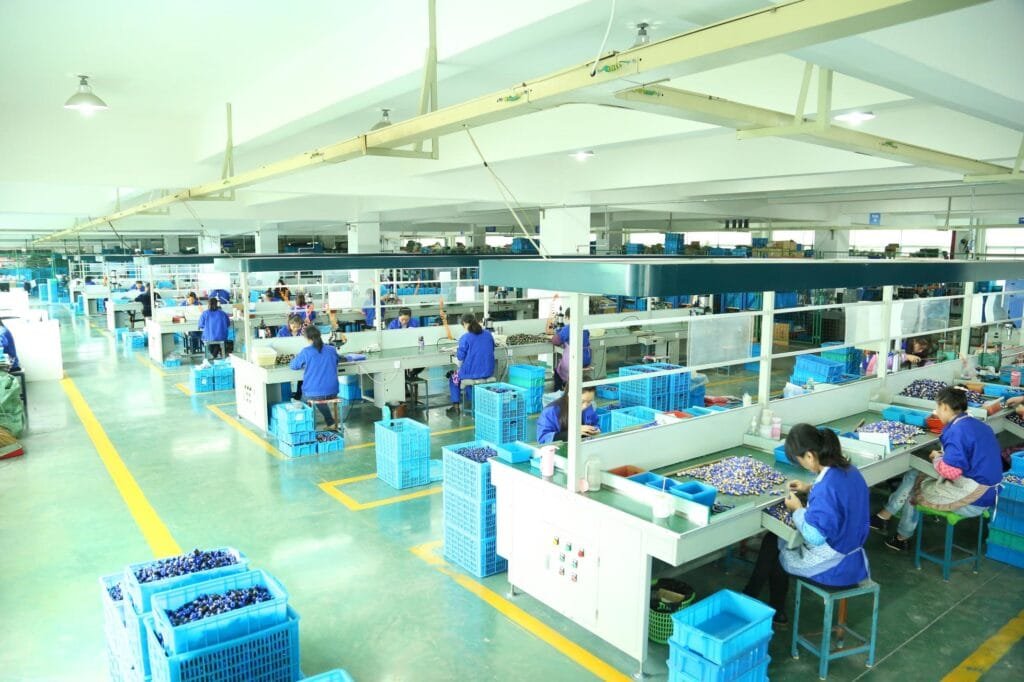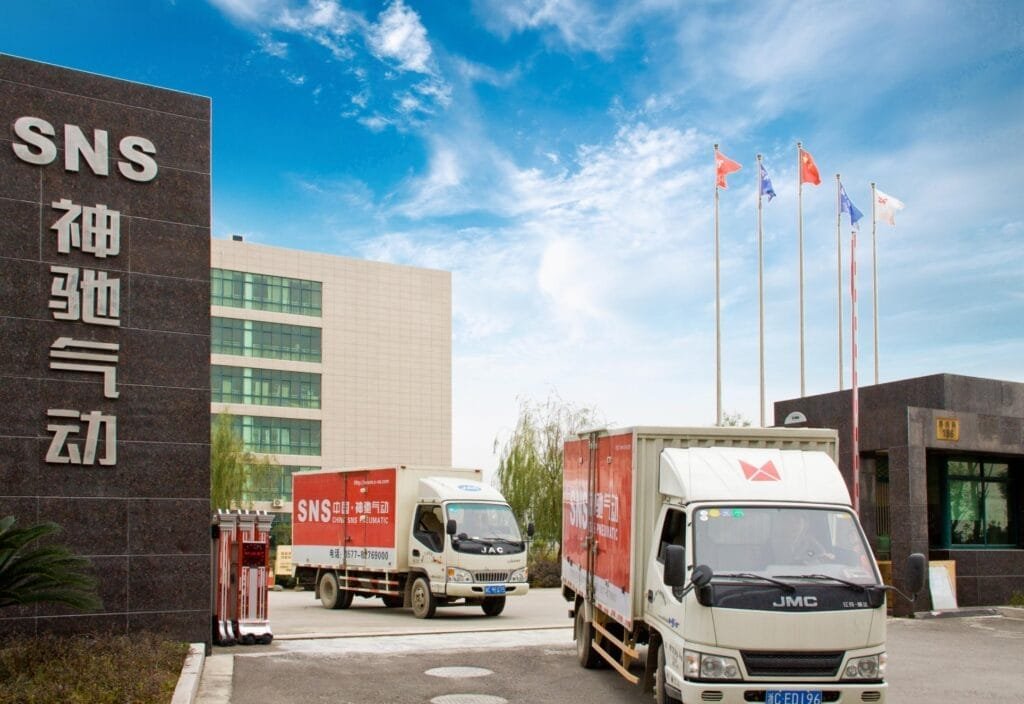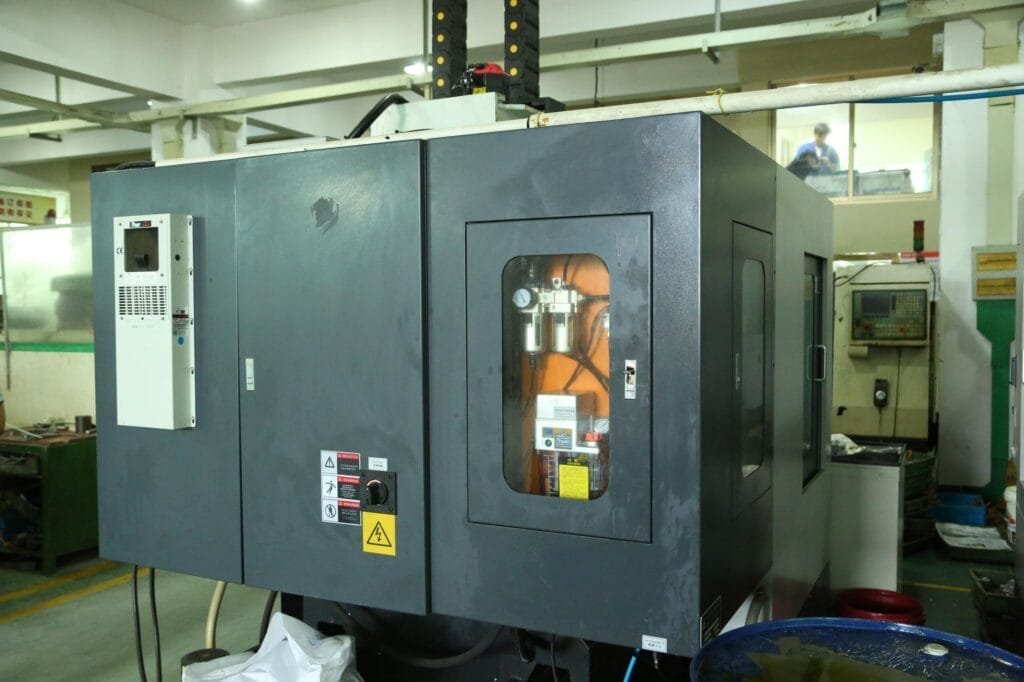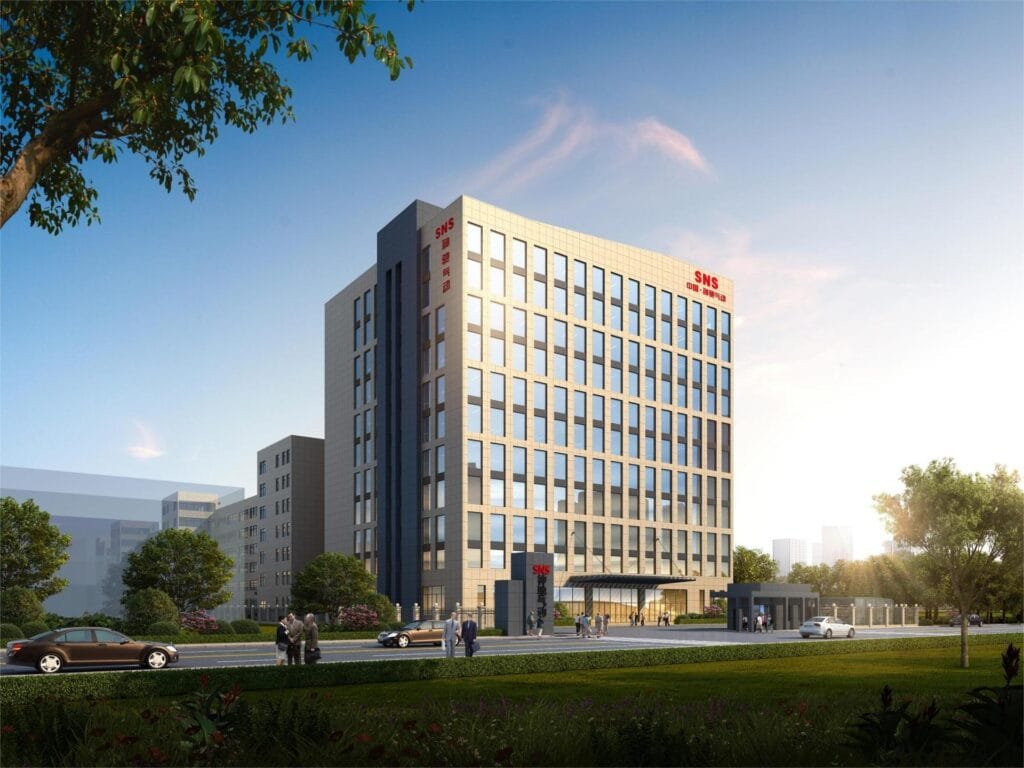Hydraulic Vs. Pneumatic: What Is The Difference
Hydraulic systems use liquids to transmit power, while pneumatic systems use compressed air or gas. The main difference lies in the medium used for power transmission.
Understanding the distinct characteristics and applications of hydraulic and pneumatic systems is crucial for selecting the appropriate technology for your specific needs. This article delves into the fundamental differences between these two power transmission methods to guide informed decision-making.
What Is Pneumatics
Pneumatics is the technology that uses compressed air as a method of transmitting energy. It involves storing potential energy in compressed air and then using this energy to do work, such as moving or lifting objects. The basic components of any pneumatic system include an air compressor, which generates and supplies the compressed air, valves to control the flow of the air, actuators (such as cylinders) that convert the air pressure into mechanical motion, and piping that connects all components, allowing air to flow between them.
Applications Of Pneumatics
Manufacturing Tools: Includes drills, hammers, and sanders powered by pneumatics.
Automation: Pneumatic devices control machinery movement and operations.
Transportation: Pneumatics used in brake systems for buses, trucks, trains.
Dental and Medical Equipment: Pneumatic technology offers precision and safety, ideal for tools like dental drills.
Packaging Machines: Utilize pneumatics for handling delicate items and preventing damage.
Construction Tools: High-power yet portable tools like jackhammers and nail guns use pneumatics.
Food Industry: Process demands clean environments, pneumatics are easily sterilizable.
Robotics: Pneumatic actuators simulate human actions, perform high-speed repetitive tasks.
Safety Equipment: Rapid deployment during emergencies, with vehicle airbags as a key example.
Advantages Of Pneumatics
Simplicity: Pneumatics have less complex design and operation, leading to lower purchase and maintenance costs.
Lower Operational Costs: Air, used in pneumatic systems, is abundant and free.
Safety: Lower fire or explosion risk due to compressed air, less hazardous than hydraulic oils.
Environmentally Friendly: Air leaks from pneumatics disperse quickly and pose no contamination threat, unlike hydraulic fluid leaks.
Clean Operations: Lack of harmful fluid leaks makes pneumatics ideal for sterile industries like food processing or pharmaceuticals.
Rapid Movement and Control: Pneumatic systems excel in speed and precision tasks due to air compressibility, ideal for repetitive actions requiring moderate force.

Disadvantages Of Pneumatics
Limited Power: Pneumatic systems can’t match the high force and power of hydraulic systems, limiting their heavy-duty applications.
Lower Precision: The compressibility of air in pneumatics results in less predictable and steady movement, less suited for precise tasks.
Noise Levels: Pneumatics can be noisier due to constant release of compressed air during operation.
Operational Speed and Efficiency: Energy loss through heat and friction in pneumatics can lead to lower efficiency levels.
Additional Equipment Requirements: Pneumatics require equipment like compressors and dryers, increasing initial setup costs.
What Is Hydraulics
Hydraulics involves the use of fluid under pressure to generate, control, and transmit power. It relies on a liquid, typically oil, as its power transmitting medium. This system functions based on Pascal’s law which states that when there is pressure applied to a confined fluid, the pressure change occurs throughout the entire fluid. Essentially, hydraulic systems transform mechanical energy into hydraulic energy and then back into mechanical energy.
Applications Of Hydraulics
Construction Machinery: Hydraulics power heavy-duty machines like excavators, bulldozers, and cranes for lifting, digging, and moving large materials.
Manufacturing Facilities: Use hydraulic presses for molding, shaping, or cutting materials with high force and accuracy while maintaining quiet operation.
Automotive Industry: Incorporates hydraulics in braking systems and power steering mechanisms for greater force and enhanced vehicle control.
Aviation and Aerospace: Landing gear and flight control surfaces use hydraulic systems for reliable operation under high-pressure, extreme conditions.
Agricultural Machinery: Tractors, combines, and other tools rely on hydraulics for efficient field plowing and crop harvesting.

Advantages Of Hydraulics
Higher Power Capacity: Hydraulic systems can handle higher pressures, lifting heavier loads and applying greater force than pneumatics.
Precision Control: Hydraulics provide smooth, precise movements, offering superior control for delicate operations due to minimal fluid compressibility.
Durability: Hydraulic components are robust and long-lasting, withstanding harsh conditions better due to the lubricating properties of their liquid medium.
Constant Torque or Force: Hydraulics maintain consistent performance despite speed changes, crucial for varying operational speeds.
Higher Efficiency: Hydraulic systems often exhibit higher efficiency levels than pneumatics, particularly in high power applications due to direct force transfer through hydraulic fluids.
Energy Storage: Hydraulic systems can store energy through pressurized fluids in accumulator tanks, advantageous for applications needing instant power bursts.
Disadvantages Of Hydraulics
Higher Costs: Hydraulic systems typically have higher initial and maintenance costs due to complex components and materials.
Leakage Issues: Any leakage can result in environmental concerns and workplace safety hazards. Cleaning oil spills requires additional resources.
Environmental Concerns: Hydraulic fluid can cause contamination if improperly disposed of or leaked, making hydraulics less eco-friendly.
Weight: Hydraulic systems are generally heavier than pneumatic counterparts, potentially limiting their use where system weight is critical.
Slower Response Time: The viscosity of hydraulic oil can slow system response to control inputs, particularly in cold temperatures.
Complex Installation: Hydraulics require complex setups with a reservoir, pumps, hoses, and other components, adding to the overall footprint.
Safety Risks: Aside from leakage-related hazards, further safety risks exist with hydraulic systems.
The Key Difference Between Hydraulics And Pneumatics
Hydraulic systems use liquids to transmit power. Pneumatic systems utilize air. This fundamental distinction affects their operation, applications, and efficiency.
Pressure Levels And Force Generation
Hydraulic and pneumatic systems differ significantly in their operating pressure levels and force generation capabilities. Hydraulics operate at higher pressures, often ranging from 1,000 to 5,000 psi for general applications, and can exceed 10,000 psi for specialized equipment. This high-pressure operation enables hydraulic systems to generate substantial forces, allowing them to move heavy loads efficiently.
Pneumatics, on the other hand, typically operates at lower pressures. Common pneumatic systems work within a range of 80 to 120 psi. Due to this characteristic, pneumatic systems generate lesser force compared to hydraulics. They are more suited for lighter tasks that require less power but higher speed.
The distinct difference in pressure levels directly affects the force that each system can produce. The liquid medium used in hydraulics is virtually incompressible, translating high pressures directly into greater force exertion on a given area. This principle allows hydraulic machines to lift or push heavy objects with relative ease.
Conversely, air—the medium used in pneumatics—is compressible. It absorbs some of the energy applied during compression, which somewhat limits the maximum force pneumatic systems can generate compared to hydraulic systems. However, this very nature of air provides pneumatics with a cushioning effect beneficial for applications requiring gentleness and precision.
Medium Used For Power Transmission (Fluid Vs. Air)
Hydraulics use fluid to transmit power. Pneumatics use air.
Fluids in hydraulic systems are typically oil-based. These oils are incompressible. This property ensures consistent force and motion transmission throughout the hydraulic system. In contrast, air is highly compressible. This affects how pneumatic systems operate and respond to load changes.
Pneumatics rely on compressed air. Air can be quickly released or replenished, enabling fast movement speeds in pneumatic equipment. This quality benefits applications requiring rapid motions, such as assembly line tools and pneumatic actuators.
Efficiency And Speed Of Operation
Hydraulic systems are known for their high efficiency and power. They excel in applications requiring substantial force. The speed of operation in hydraulic systems can vary but is generally slower compared to pneumatic systems because the fluid medium used in hydraulics is virtually incompressible. This characteristic provides a consistent force output but limits the speed at which hydraulic systems can operate.
Pneumatic systems, on the other hand, offer rapid movement and high-speed operation. The use of compressed air as a medium allows for quick acceleration and deceleration of pneumatic devices. However, this comes at the expense of lower efficiency. Pneumatics are less efficient than hydraulics due to air’s compressibility. Air leakage can also affect the overall efficiency of pneumatic systems.
Installation And Maintenance Requirements
Installation of hydraulic systems is intricate. It involves setting up pumps, reservoirs, and precise piping to handle fluid dynamics efficiently. Correct installation ensures safety and performance but requires skilled labor.
Pneumatic systems are easier to install. Their design is less complex due to the nature of air as the transmission medium. Networking of compressed air lines and connecting tools or machinery is relatively straightforward.

What Is An Example Of A Hydraulic Or Pneumatic System?
Hydraulic systems use fluids under high pressure for power. An example is a car brake system. Here, pushing the brake pedal increases fluid pressure in brake lines. This action slows or stops the car.
Pneumatic systems employ compressed air. Air tools in workshops are examples. These tools use air from a compressor to operate. They’re common for drilling or painting.
Is Hydraulic Better Than Pneumatic?
Hydraulic systems are known for their high power density. They can generate more force than pneumatics using less space. This makes them suitable for heavy-duty applications. However, they tend to be more expensive. The components and fluid used in hydraulics can add to the cost.
Pneumatic systems use compressed air. This makes them simpler and often cheaper to install and maintain. They are preferred in industries where cleanliness is crucial, as leaks would only release air. Yet, their force output is generally lower compared to hydraulics.
Hydraulic systems can provide a smooth and controllable force which is essential in precision applications. Pneumatics might not offer the same level of control but operate faster. This speed is an advantage in applications requiring rapid movements.
Maintenance requirements differ significantly between the two systems. Hydraulic fluid can leak, requiring a clean-up and potential environmental hazard management. Pneumatics lessen this risk with leaks being less detrimental.
Can Hydraulic Systems Generate More Power Than Pneumatic Systems?
Yes, hydraulic systems can generally generate more power than pneumatic systems. This is because hydraulic systems use fluids which are incompressible, allowing for greater force and power output. Despite this, the choice between pneumatic and hydraulic systems depends on the specific requirements of the application.
Why Are Pneumatic Systems Considered Safer Than Hydraulic Systems?
Pneumatic systems use compressed air as their operating medium. This makes them inherently safer than hydraulic systems. Hydraulic systems rely on liquids, which can leak. Leaks in a hydraulic system pose risks of slips and fires. Compressed air, in contrast, doesn’t create such hazards.
Can Both Hydraulic And Pneumatic Systems Be Used In The Same Machinery?
Yes. Combining hydraulic and pneumatic systems in the same machinery is possible. This hybrid approach leverages the strength of both systems. Many machines require the force generated by hydraulics for heavy lifting and precise movements. At the same time, they use pneumatics for lighter, quicker tasks. Each system plays a role based on its unique advantages.
In Conclusion
In essence, the primary distinction between hydraulic and pneumatic systems lies in their respective use of liquid and gas to transmit power, each offering unique benefits for specific applications.
Explore our comprehensive range of hydraulic and pneumatic solutions to enhance your operations’ efficiency and reliability. Contact us today to find the perfect system tailored to your needs, and let our experts guide you towards optimizing your power transmission capabilities.



